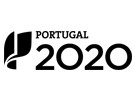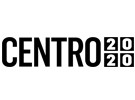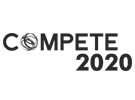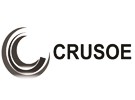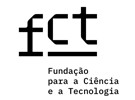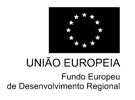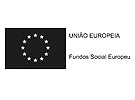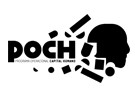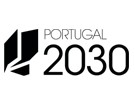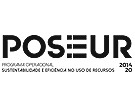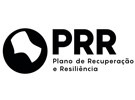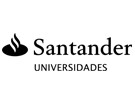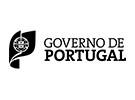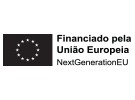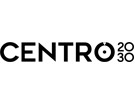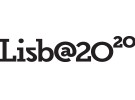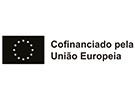



Publication in the Diário da República: Despacho n.º 427/2023 de 09/01/2023
6 ECTS; 1º Ano, 2º Semestre, 45,0 PL + 15,0 TP , Cód. 602831.
Lecturer
- João Ricardo Mendes de Freitas Pereira (1)
(1) Docente Responsável
(2) Docente que lecciona
Prerequisites
Advanced computer skills from a user's perspective
English Level B2
Objectives
Upon completion of this course unit, students should be able to:
A. Develop and seek visual solutions to apply to graphics and moving images.
B. Apply techniques to improve and enhance graphic animations;
C. Insert content and modify moving images;
Program
1. Audiovisual Design.
1.1. State of the Art
1.2. Analysis of examples
2. Creation and manipulation of graphic animations
2.1. Software and tools
2.2. Text Animation
2.3. Animation of shapes
2.4. Import and animation of external objects
3. Video manipulation
3.1. Effects
3.3. Rotoscoping
4.1. Motion Tracking
4.2. 2D/3D Tracking
Evaluation Methodology
Continuous Assessment:
Frequency I - theoretical-practical (minimum grade of 7 values): 45%
Frequency II - theoretical-practical (minimum grade of 7 values): 45%
Class Participation: 10%
Assessment by Exam:
Exam (theoretical-practical): 100%
The student obtains approval in accordance with the provisions of Points 11 and 12, of Article 11º, of the IPT Academic Regulations.
Bibliography
- Dinur, E. (2017). The Filmmakers Guide to Visual Effects. New York: Routledge
- Lanier, L. (2016). Compositing Visual Effects in After Effects. New York: Focal Press
- Perkins, C. (2013). The After Effects Illusionist. New York: Focal Press
Teaching Method
Expository theoretical-practical classes where the fundamental concepts are described. Practical classes for solving practical cases and applying the concepts to real-world usage scenarios.
Software used in class
Adobe After Effects; Adobe Photoshop; Adobe Illustrator.
